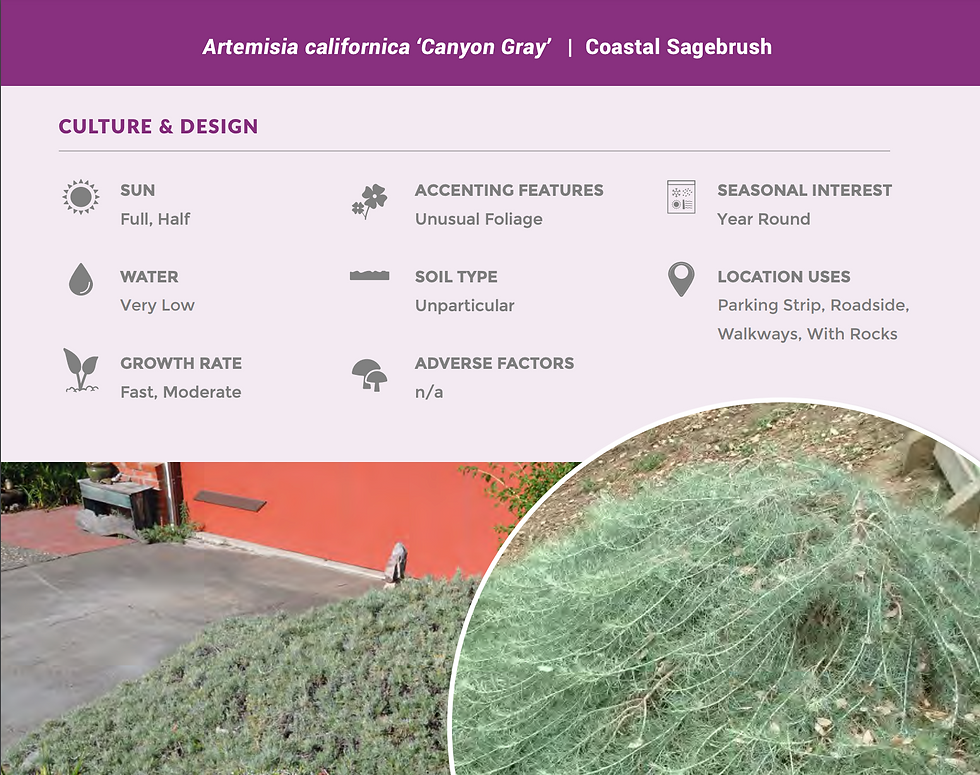Updated: May 5, 2023

As the sun shines brighter and longer, plants need adequate water to thrive through the hot summer. Smart water irrigation is a great choice for people living in Southern California for all types of landscape with both commercial and residential properties.
Many aspects go into choosing good irrigation system such as types of plants and ethics. You may need drip irrigation or sprinklers, or both, depending on what plants you have and how much watering is needed. Positioning sprinklers and drip systems in the correct place is also important. It’s also important to consider water conservation and your climate when choosing plants.

With climate change and water becoming more and more precious, it is pertinent to make sure your irrigation isn’t leaky or overwatering your plants. Overwatering plants can also cause them to suffocate and wilt or die. Having automatic sensors turn off your irrigation when the rain comes or when enough moisture is already present is key. Efficient and ethical irrigation can ensure your plants are getting the specific amount of water they need without waste.

Smart Irrigation is an important part of landscaping because it ensures your plants receive enough water for them to thrive but saves plants from overwatering, saving both water and money. Choosing irrigation may not be easy, but with our help, we can ensure you receive irrigation that fits your landscaping needs best.
Contact us for all your landscape needs! Our professionals are experts in all areas of maintenance, installation, and design and are here to help!

There are a few reason why the time of year matters when trimming trees. In most cases, the winter months from November to March is the best time for trees because that is when the tree enters dormancy. This is the tree's resting period. Trimming trees too early can disrupt the tree from entering the dormancy period by promoting new growth.
Deciduous trees lose their leaves and waiting until all their leaves fall is a good indicator it's entering it's dormant period. Trees need every bit of nutrients from their leaves before dropping them. Trimming before new growth begins is helpful in making trees grow abundantly well in spring.
Pruning in late winter is beneficial in colder climates because it helps trees' wounds be exposed to the elements for a minimum amount of time before new growth begins. It also is easier to see the branches and make cuts without leaves, as well as branches being lighter when they fall on other landscape.
Another reason is that there is less likely an insect or fungus infestation during the winter months. Avoid trimming after new growth begins because this is also when birds are nesting and producing young.

Depending on when fruit and flowering trees produce, they should be trimmed after their production ends, which helps promote more production in the future. Flower trees benefit from deadheading old blossoms. A fruit tree with a good canopy that lets light filter through will produce better than a tree with dense branches.
Always trim a tree any time of the year if there is a danger of a branch falling. Also, a good rule of thumb is to not cut more than 30% of a tree at one time. Cut branches that rub together or that grow against the main trunk. New trees should not be pruned for the first year.
There are exceptions to the winter trimming rule. Here in Southern California, some subtropical trees can be trimmed all year around!
Got trees? Landscape needs? We can help!Commercial or residential, Contact us today!

Updated: Aug 5, 2022

As drought conditions continue to increase in California, the push to get rid of lawns is also increasing. One great option to replace grass is using low water groundcovers. Groundcovers can offer a blanket of green using a fraction of the water that a lawn would need.
According to the Metropolitan Water District of Southern California's BeWaterWise.com, these 4 groundcovers are ideal for Southern California:
Emerald Carpet
The ‘Emerald Carpet’ is an evergreen groundcover that grows to 1’ tall by 6’-8’ wide. It is favored by many landscapers as the manzanita of choice for inland situations. Emerald Carpet has dark green leaves and exhibits compact growth. This variety is relatively tolerant of adverse soil conditions.


Canyon Grey
This reliable shrub, typically used as a groundcover, can reach 1-2 feet tall but can spread up to 10 feet wide. It has gray green, finely divided leaves that are threadlike. Very aromatic when foliage is crushed. It does well in coastal areas with full sun. It does best with afternoon shade in warm, inland areas. This groundcover tolerates clay or sandy soil but needs well draining soil. Flowers are inconspicuous. This is a great plant for dry slopes.


Pigeon Point
‘Pigeon Point’ Coyote Bush is a compact, evergreen ground cover that grows 18”- 24” tall and 10’-12’ wide. Its leaves are green; it has white flowers that bloom in the fall but they are not overly dramatic. It is important to plant this ground cover at least 6’-8’ apart. Otherwise they will overgrow each other and begin to pile upwards. ‘Pigeon Point’ is tolerant of ocean spray and is deer resistant.


Skylark
This ceanothus shrub variety has dark blue flower clusters that bloom profusely in the spring. This smaller growing selection grows to 3’ tall and wide. This plant tolerates coastal conditions but will also grow in inland, hot valleys as it does well in clay soil. This cultivar seems to bloom longer than other varieties. It does well in full sun but will tolerate dry shade also. Leaves are bright green and glossy.


If you're ready to change out your lawn for a low water groundcover, we can help! Many water districts are offering rebates for lawn removal and updating irrigation, we can help with that too! Contact us today and see what we can do for your commercial or residential property!









































